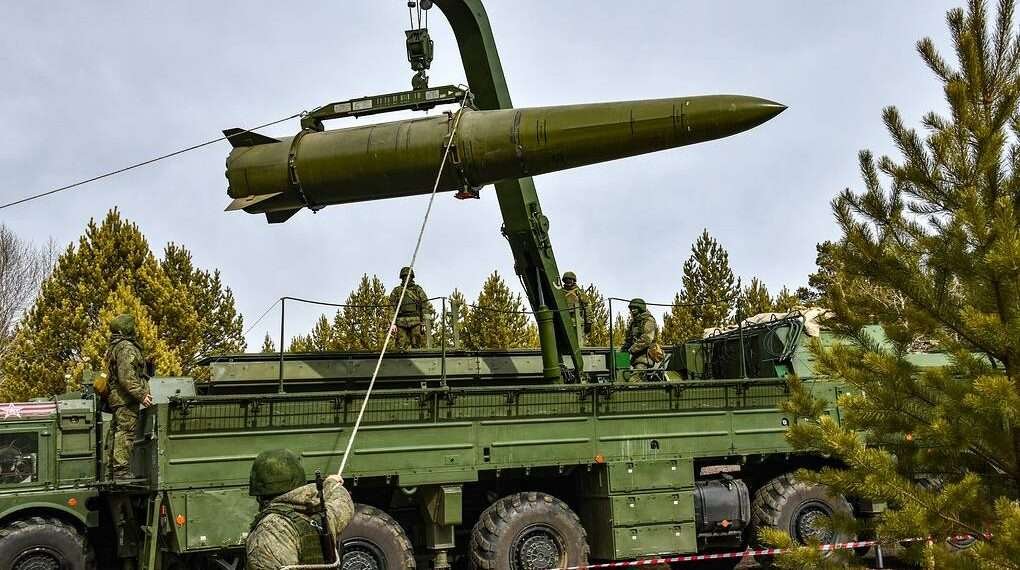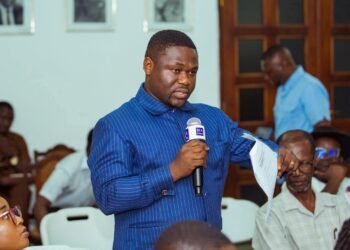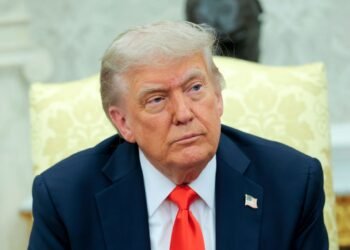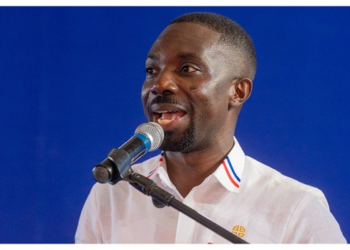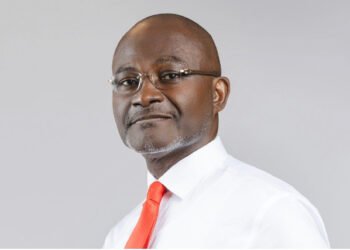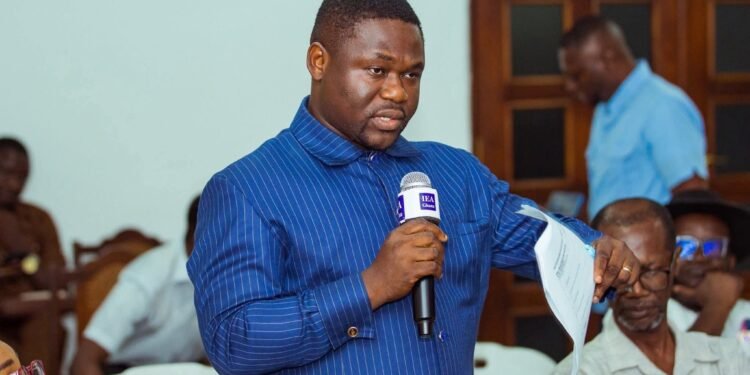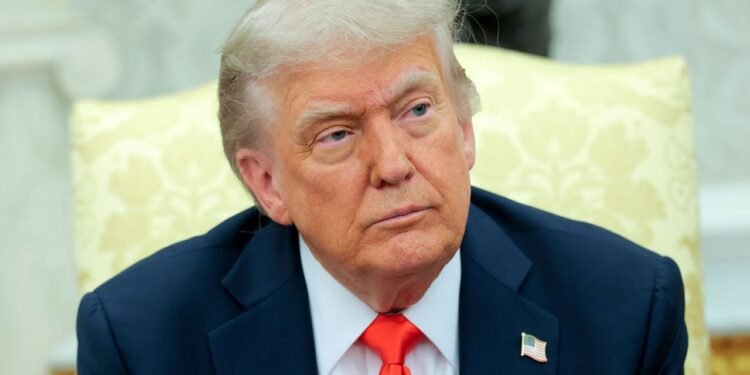Russian and Belarusian troops have started the second stage of tactical nuclear drills in Russia.
According to Russia’s defence ministry, the drills were aimed at ensuring that the two countries’ military personnel and equipment were ready to protect their sovereignty and territorial integrity.
In the first stage of the drills held last month, the Russian military had trained separately during the initial stage of the maneuvers before joint drills with Belarusian forces.
Russian troops trained how to arm and deploy Iskander missiles, while the air force trained how to arm Kinzhal hypersonic missiles.
The first stage of the exercise envisaged a preparation for nuclear missions and deployment for launches.
The second stage, announced on Tuesday, involved working out joint training of Russian and Belarusian units “for the combat use of non-strategic nuclear weapons.”
Last month, Russia’s President, Vladimir Putin, ordered his military to practise the deployment of tactical nuclear weapons after what Moscow said were threats from France, Britain and the US.
Speaking to reporters, Kremlin Spokesman, Dmitry Peskov stated that drills such as the ones Russia is carrying out together with Belarus were normal practice.
He added that such drills and maintaining combat readiness are important in view of the “hostile decisions and actions” by the U.S. and its allies in Europe and their “daily provocations.”
Separately, Sergei Shoigu, the Secretary of Russia’s Security Council, iterated the same stance.
In remarks published on Tuesday, Shoigu noted that the maneuvers were a due response to “Western support of the Kyiv regime, active involvement of NATO’s troops in combat operations in Ukraine and an effective permission for Kyiv to launch missile strikes on Russian civilian facilities.”
He added that the drills were also part of Moscow’s reaction to NATO allies beefing up their military potential near Russia’s borders.
Kremlin Criticizes Biden’s Decision To Lift Arms Ban On Azov Unit

Also at the briefing, Kremlin Spokesman, Dmitry Peskov, asserted that the decision by Joe Biden to lift a ban on arms supplies to Ukraine’s Azov unit is “extremely negative.”
This was in reaction to a report that in a reversal of a longstanding policy, the Biden administration will lift its ban on allowing the controversial Ukrainian military unit – which has far-right and ultra-nationalist roots – to use US weapons, following a review.
“The move shows that Washington will not stop at anything in its attempts to hurt Russia,” Peskov told the briefing.
Moreover, Peskov disclosed to reporters that work on a comprehensive agreement between Russia and Iran continues.
“Generally speaking, this work continues. Yet, naturally, given the current period in Tehran when preparations for a presidential election are underway, the deadlines have been slightly pushed back. Because it is the presidential election, as a rule, later staff reshuffle is possible and so on.”
Dmitry Peskov
“Yet overall this does not change the situation,” the Kremlin official assured.
Peskov stressed that Moscow intends to continue fostering relations with Tehran and enhancing the joint legal base.
Work on a new major agreement between Moscow and Tehran was announced in September 2022 during a meeting between Vladimir Putin and the late Iranian President, Ebrahim Raisi, who was killed when his helicopter crashed in May.
Since the start of Russia’s full-scale invasion of Ukraine in February 2022, Russia has moved to strengthen its political, trade and military ties with Iran in a deepening relationship that the US and Israel view with concern.
In January, Russia’s foreign ministry had said a new interstate treaty reflecting the “unprecedented upswing” in Russia-Iran ties was in the final stages of being agreed, and Putin and Raisi were expected to sign it soon.
READ ALSO: Bawah Mogtari Highlights the Transformative Power of Transportation Infrastructure

